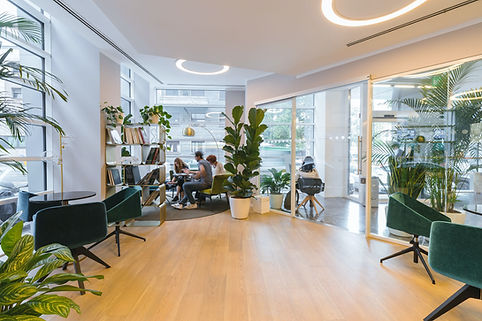Post Remediation Verification Inspection (PRV) aka. Mold Remediation Clearance Test
The purpose of a Post Remediation Verification Inspection (PRVI) or Mold Clearance Test is to assure that the mold cleanup has been done correctly and effectively in the work area and to confirm that the cleanup did not accidentally distribute high levels of moldy dust and debris into other building areas or into its mechanical systems such as heating or air conditioning systems.
To avoid conflicts of interest, Post Remediation Verification Inspection (PRVI) or Mold Clearance Test should never be performed by the mold remediation contractor.
We will provide a visual inspection of both the cleaned area and any adjoining building areas. In the clean-up area we will ensure that the demolition has been sufficient so that no moldy materials remain, and that all surfaces appear to have been physically cleaned.
If a fungicidal sealant was to be applied, we will inspect to ensure that it was not simply sprayed over the mold or dirt and debris instead of first cleaning the surfaces correctly according to the ANSI Aproved IICRC S-520.

Mold Clearance Test
In order to successfully complete remediation project, it is important to have clear goals in place from the very beginning. IICRC S520 states that, “the primary goal of mold remediation is to safely restore Condition 2 or Condition 3 structures, contents or systems to Condition 1.”

Is Your Inspector Licensed by the State of Florida?
IAQ Solutions Mold Inspectors are ALL Individually Licensed by the State of Florida. Our ACAC Council Certified Indoor Environmental Consultants have the experience, training and insurance necessary to become among the first Licensed Mold Assessors by the State of Florida.
Understanding PRV: Contamination Conditions, Normal Fungal Ecology, & Cleanliness Definitions
The S-520 defines Contamination “Conditions” as; The presence of indoor mold growth and/or spores, whose identity, location and amplification are not reflective of a normal fungal ecology for an indoor environment, and which may produce adverse health effects and cause damage to materials, and adversely affect the operation or function of building systems.
The S-520 defines Normal Fungal Ecology as; That which is reflective of the types and concentrations of molds typically found in non-water damaged, environmentally well-maintained structures, and reflective of the ecological and climatic elements of the geographical region in which the building is located.
The S-520 defines Clean as; Removing and properly disposing of unwanted contaminants or contaminated materials. The remaining areas are considered “clean” when there are no: visible areas of mold growth odors dust debris








